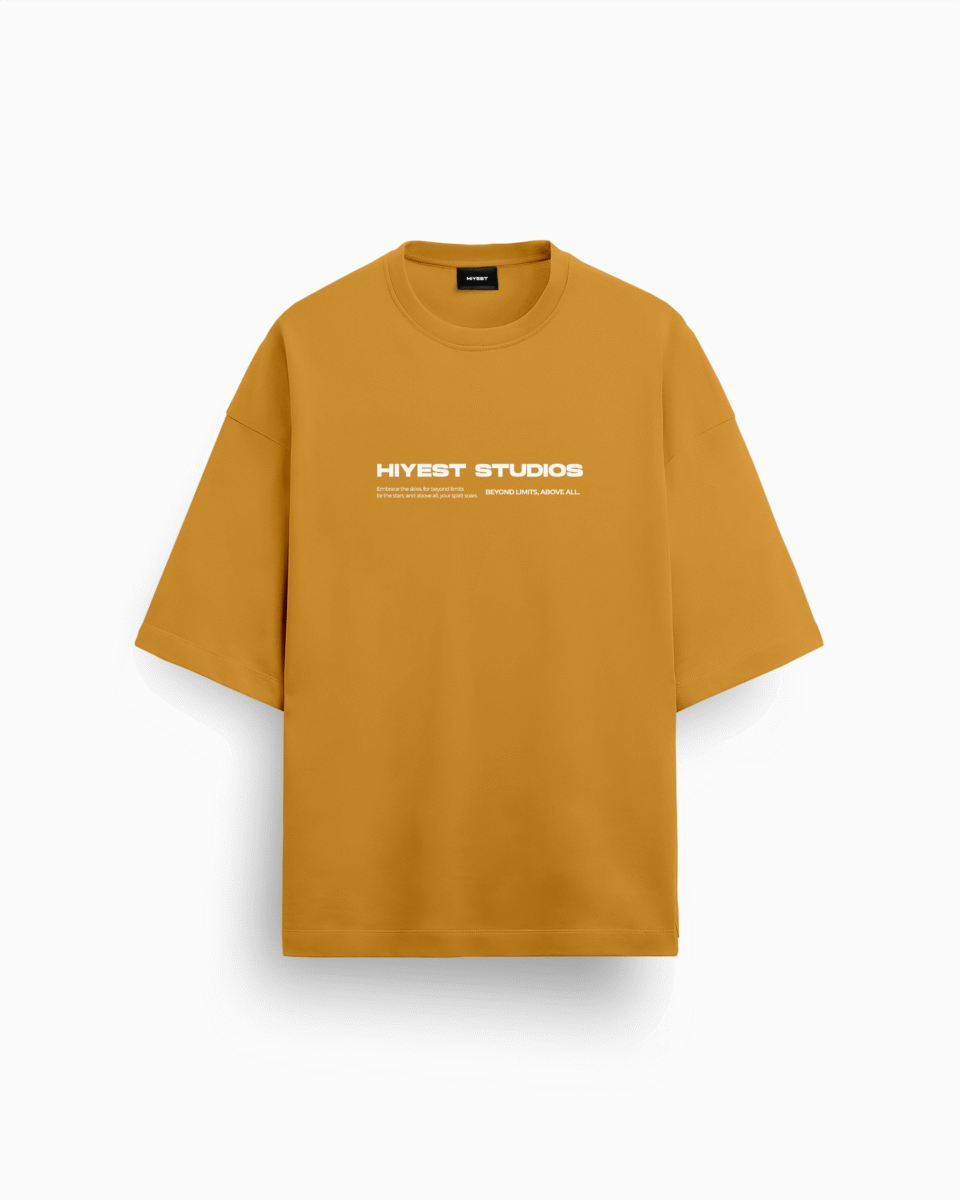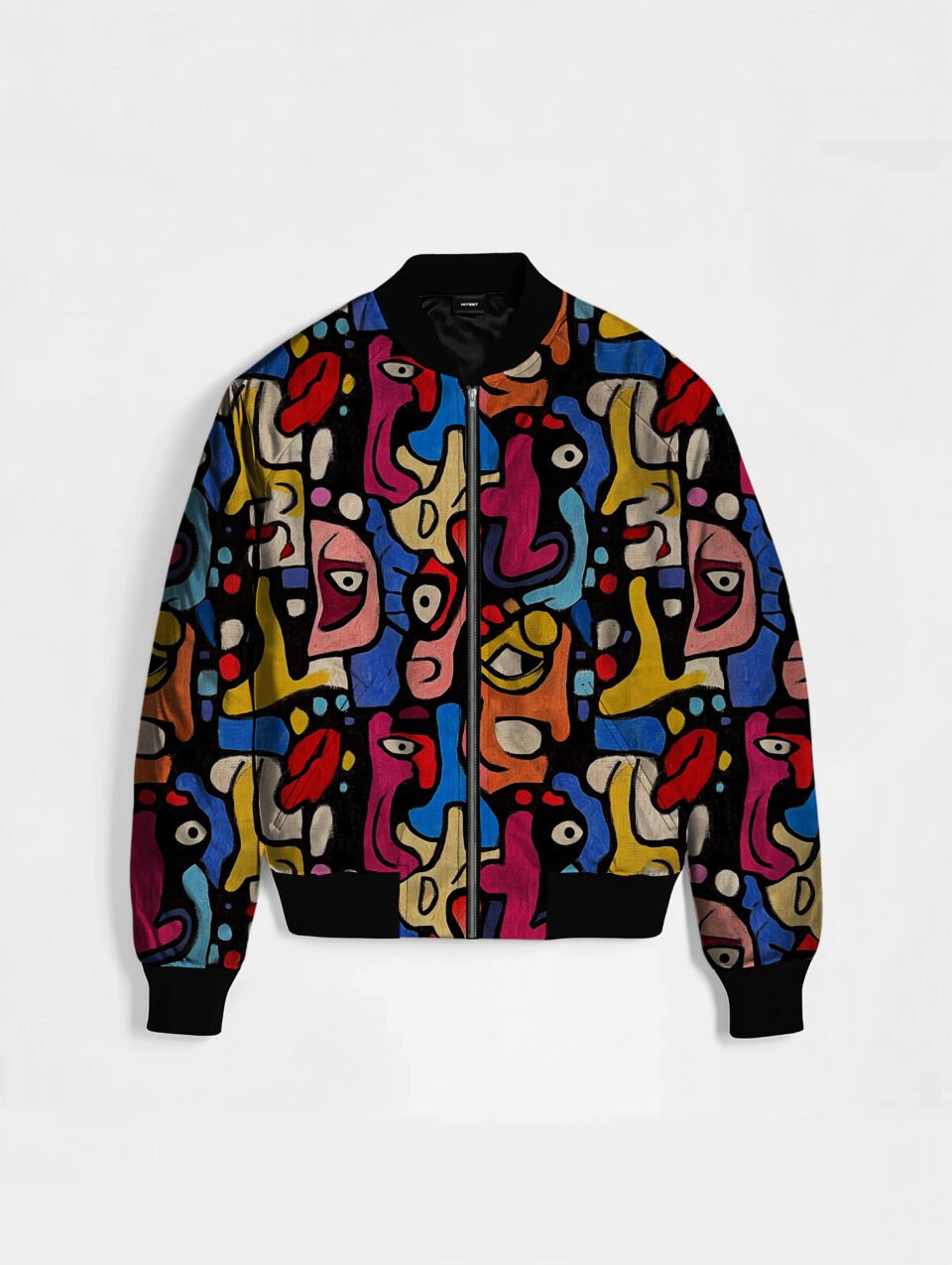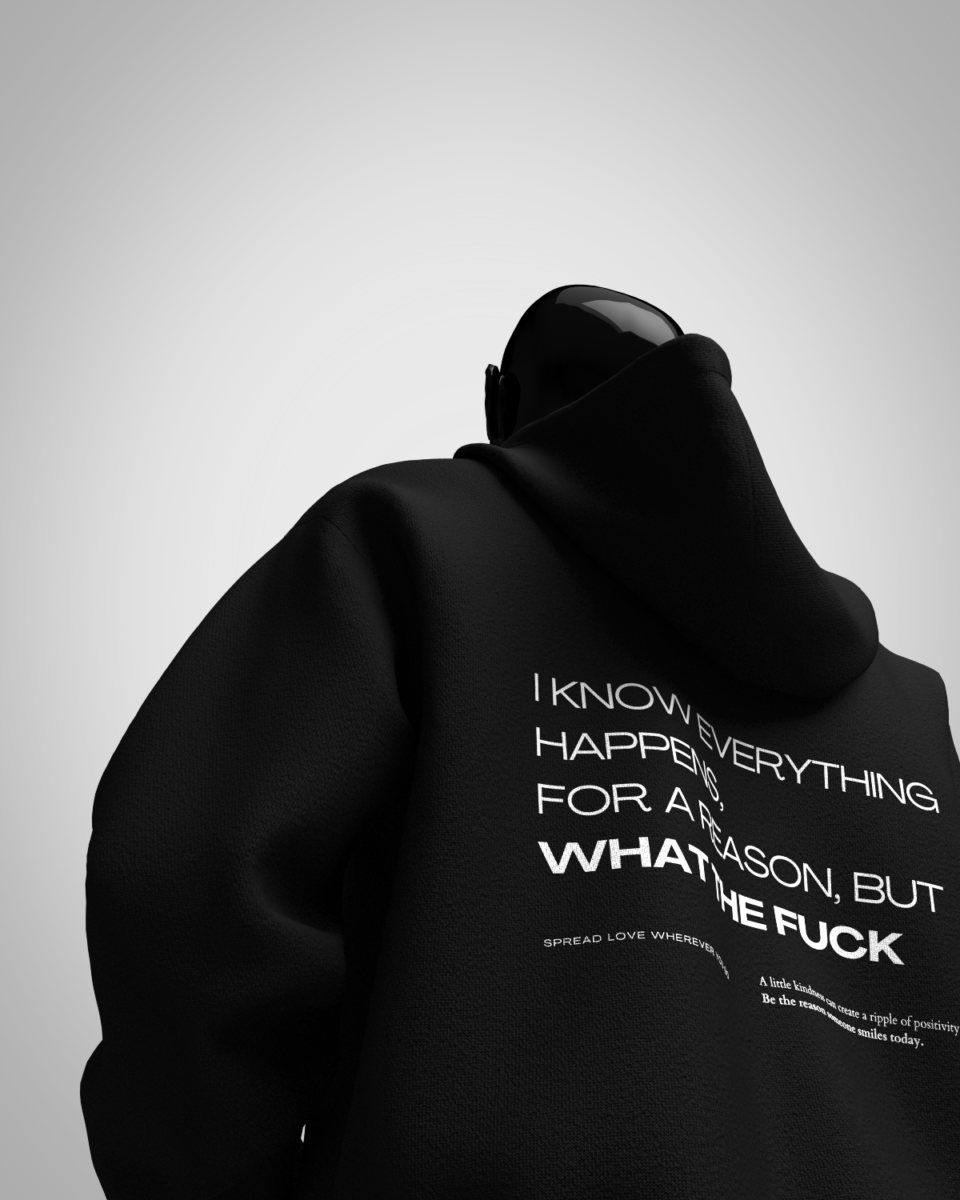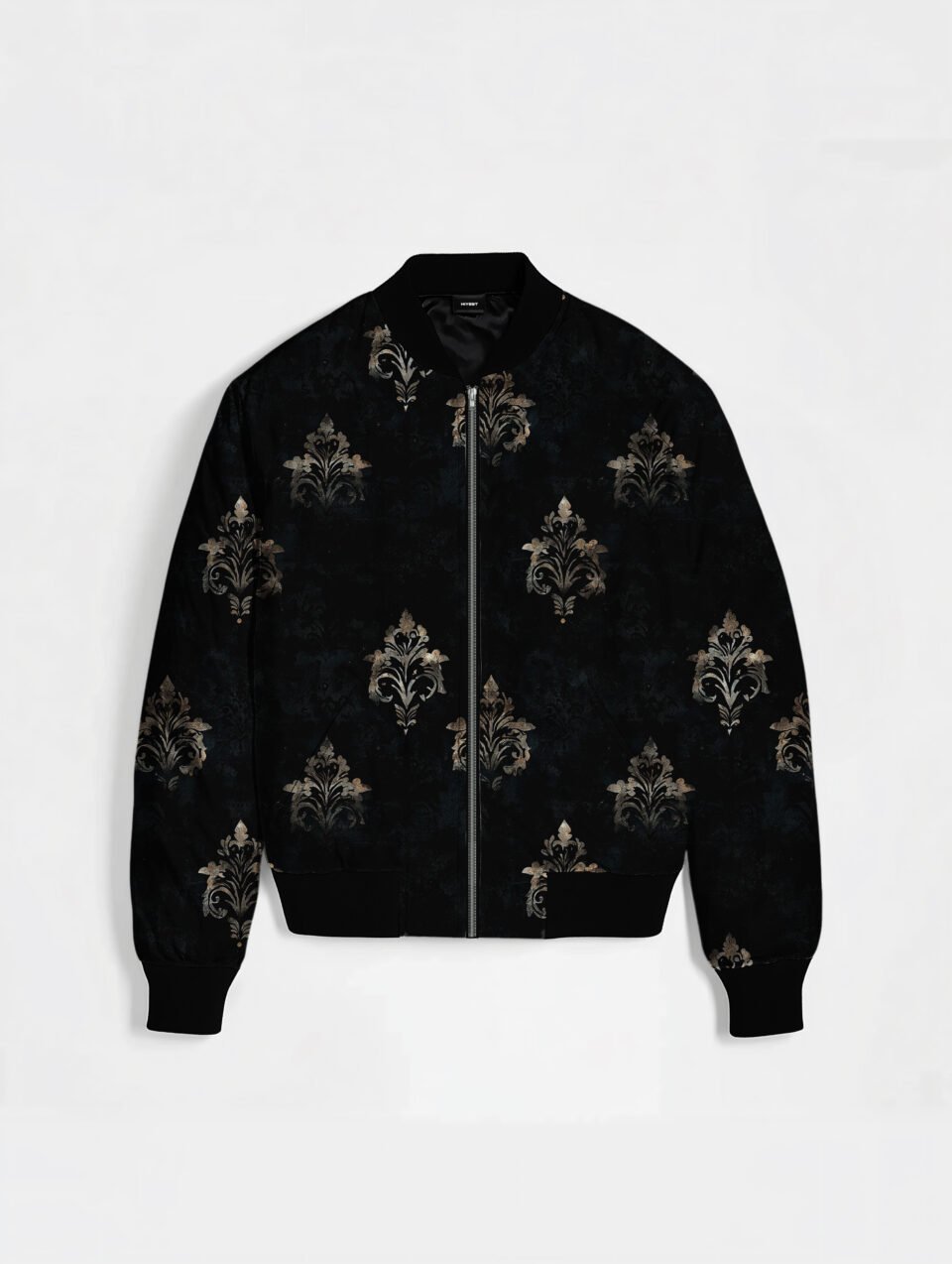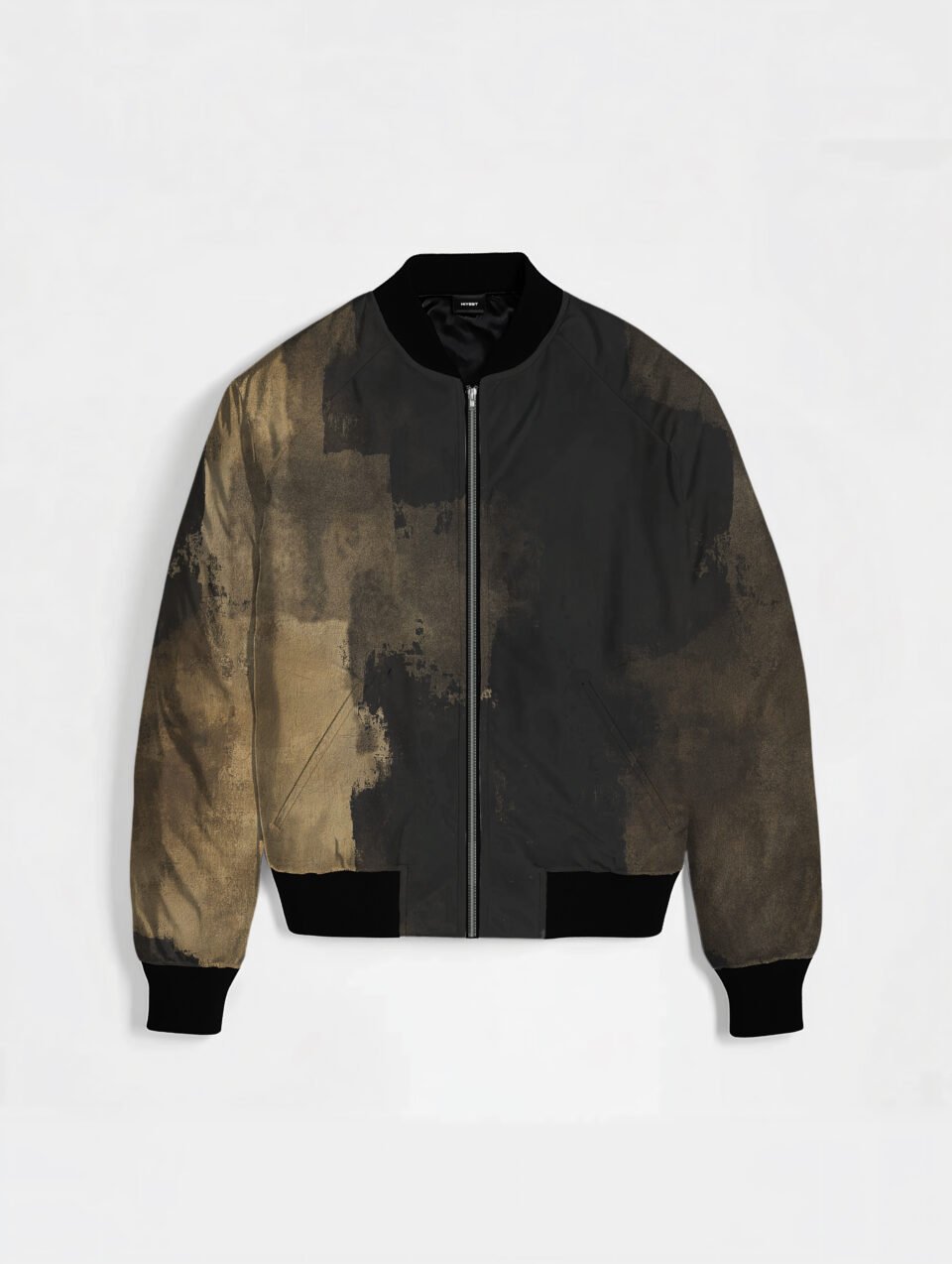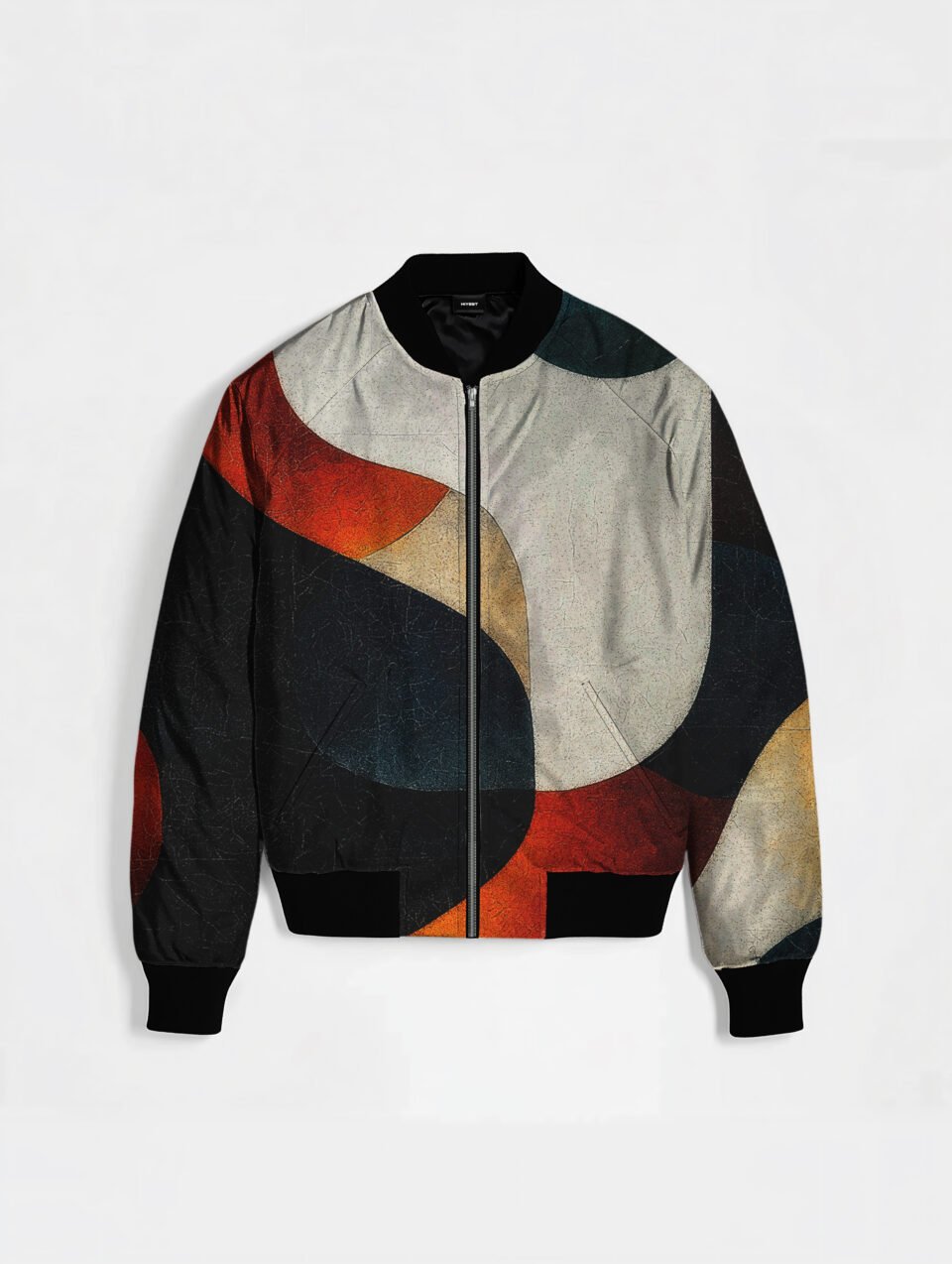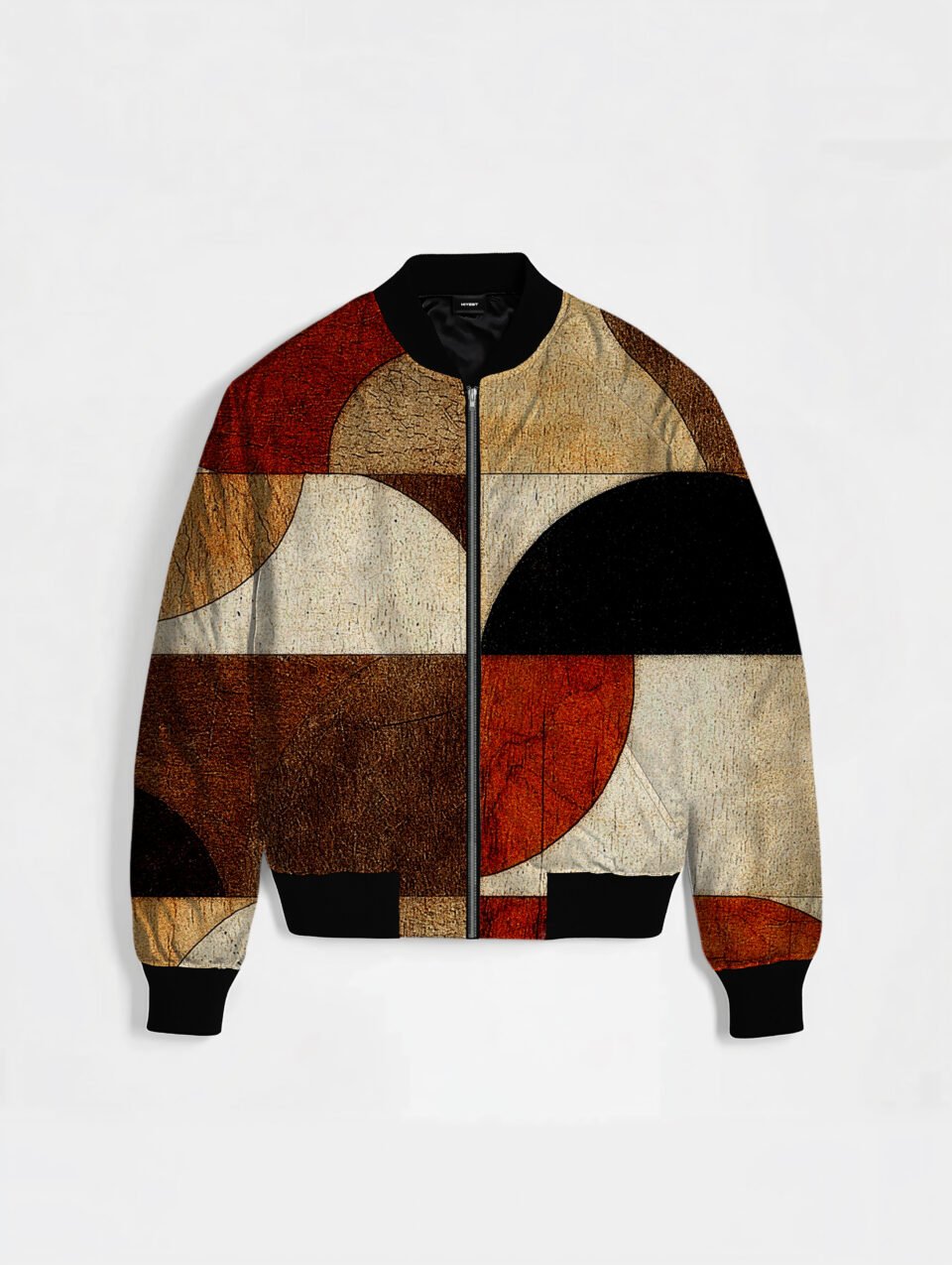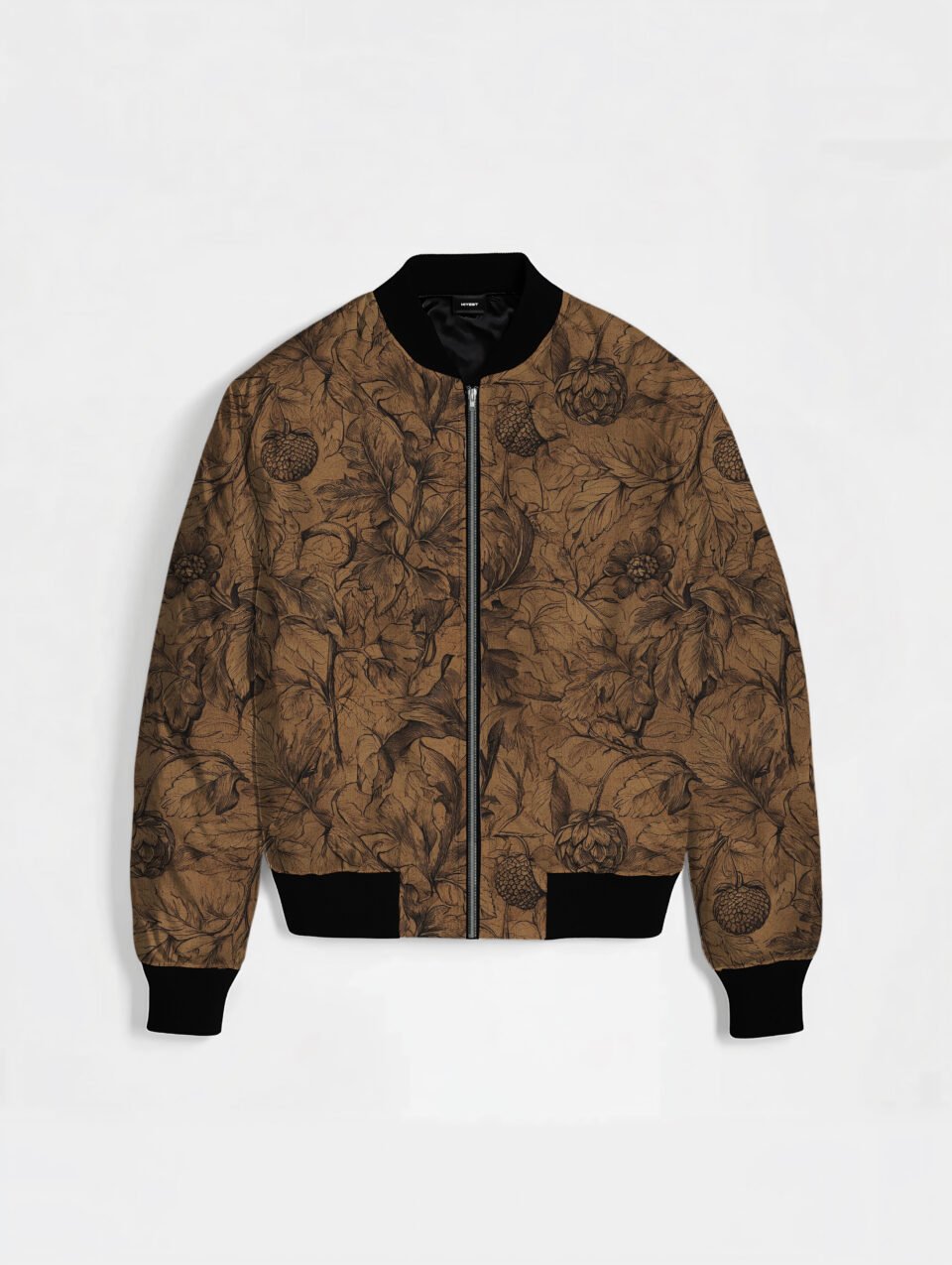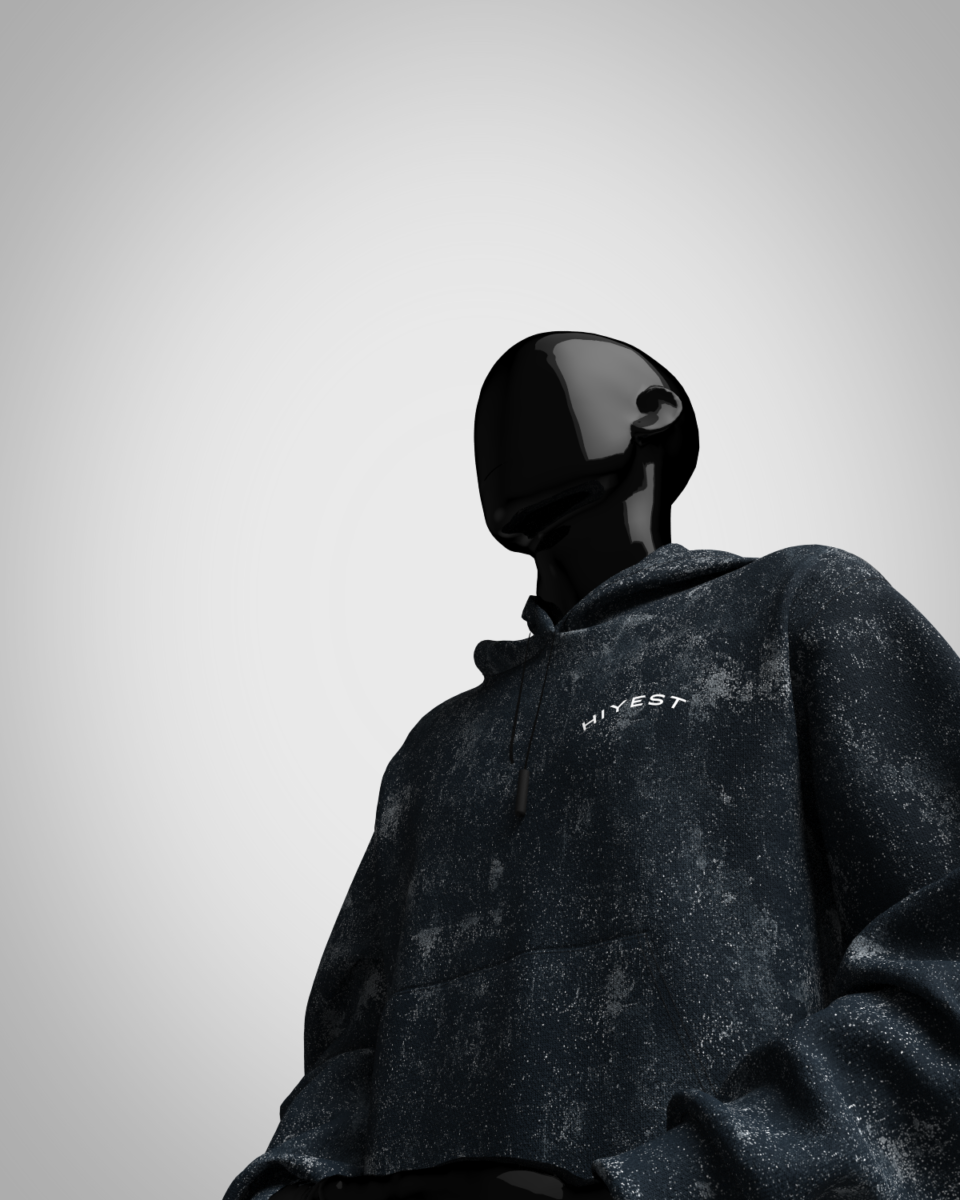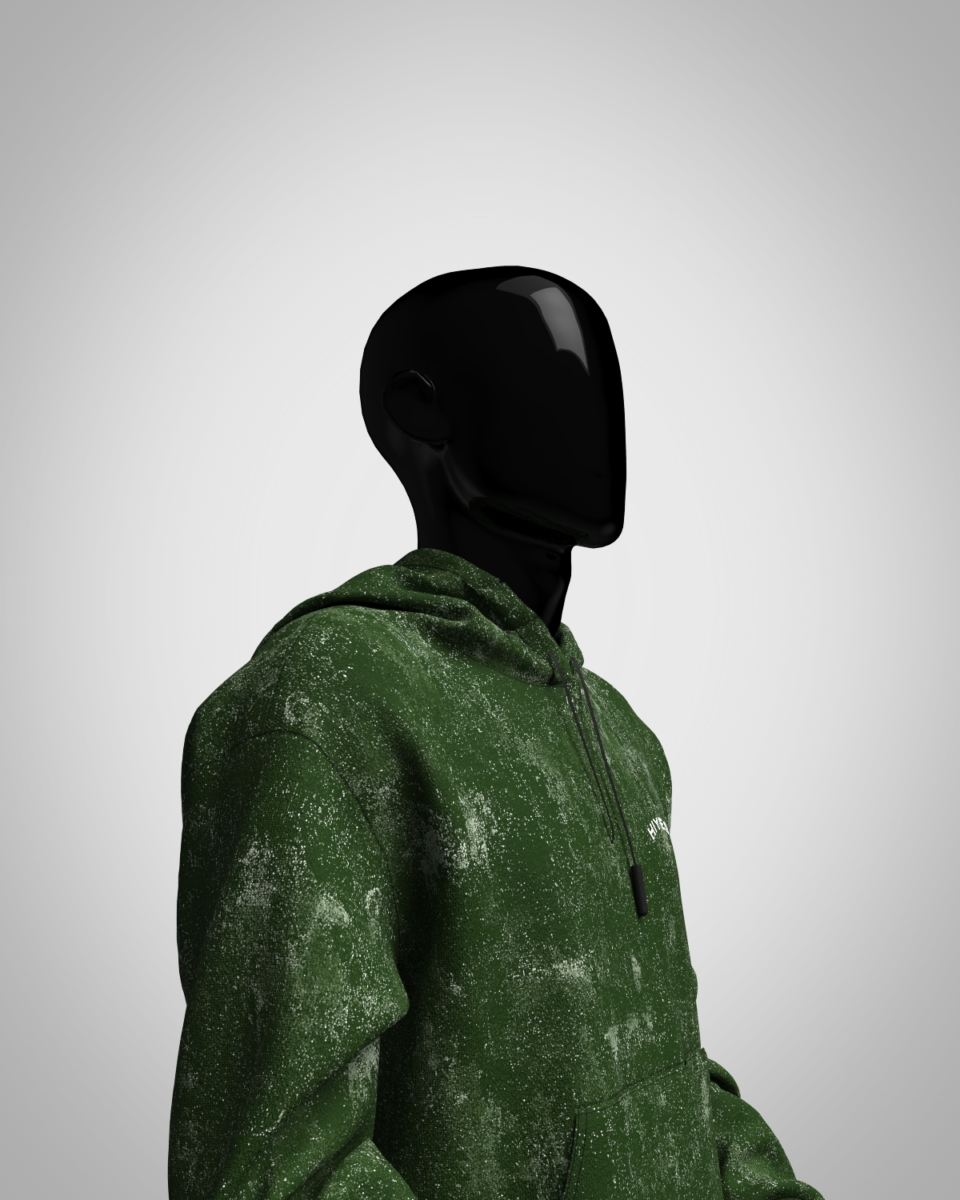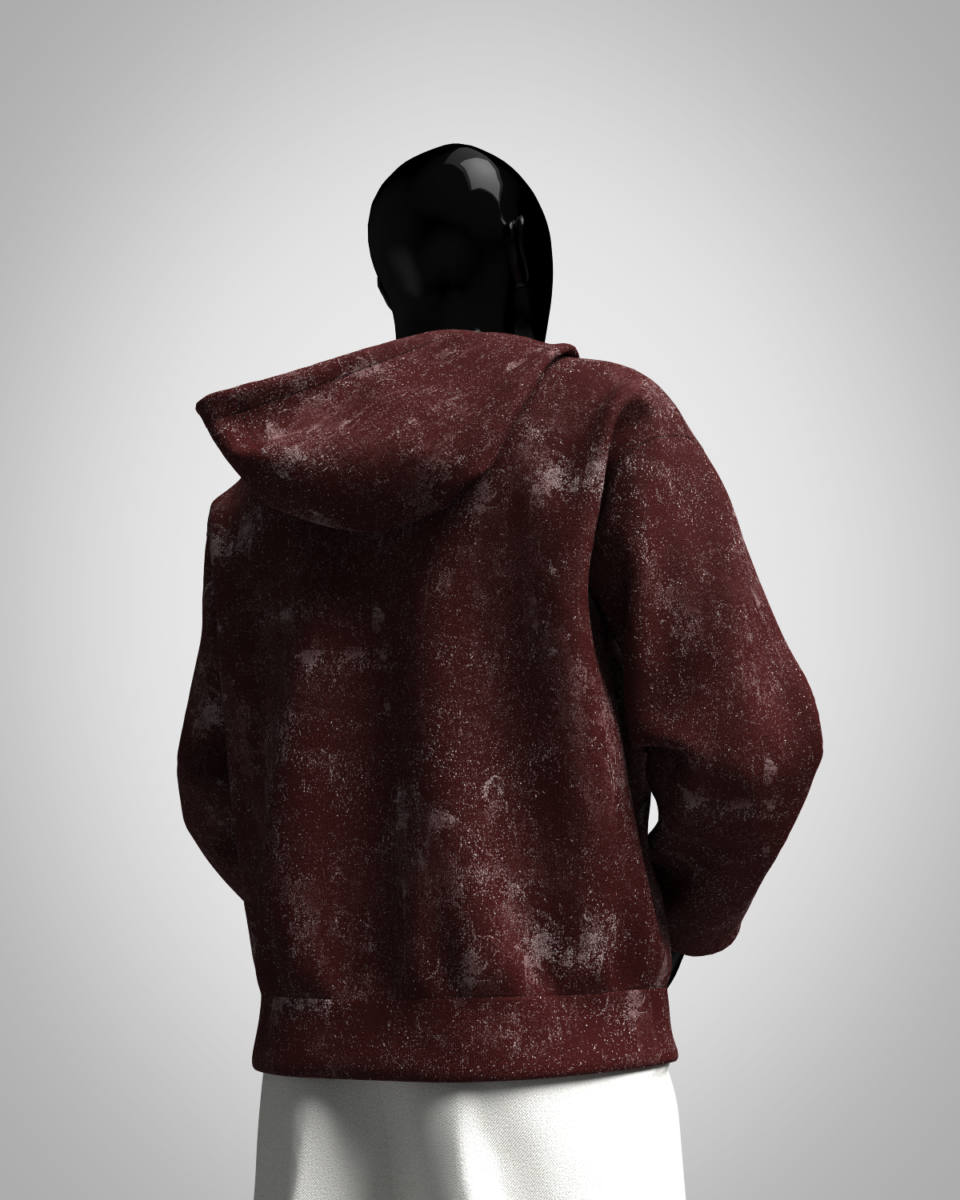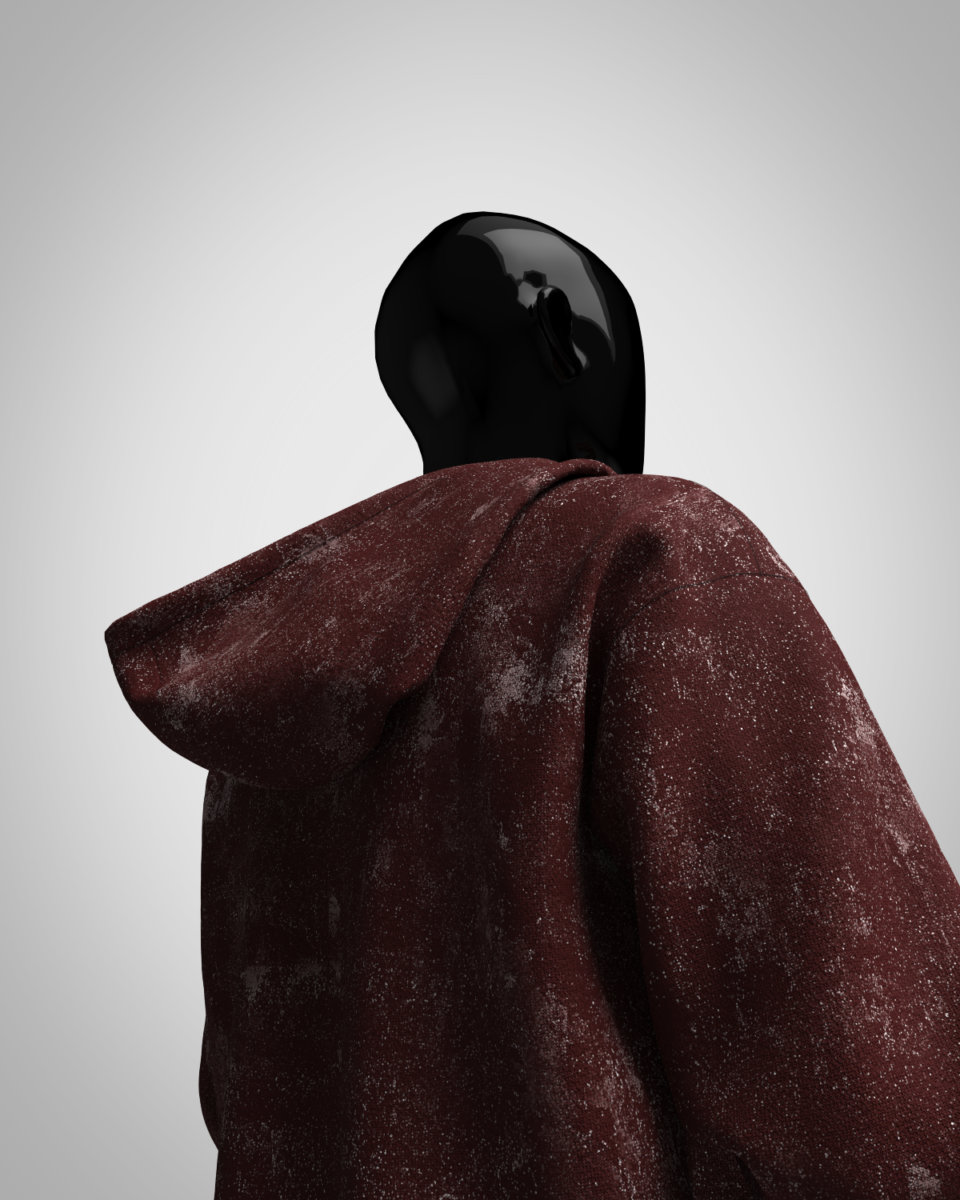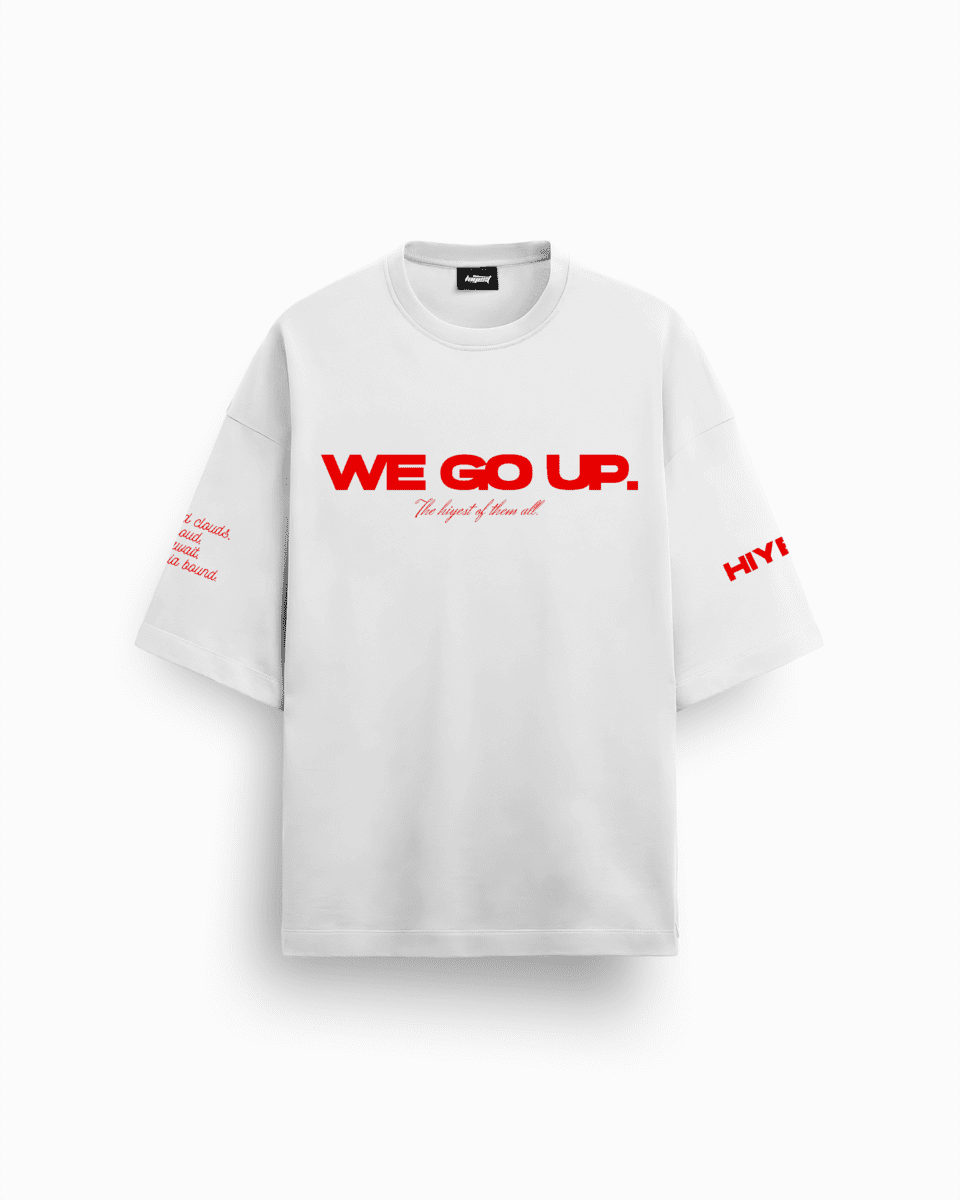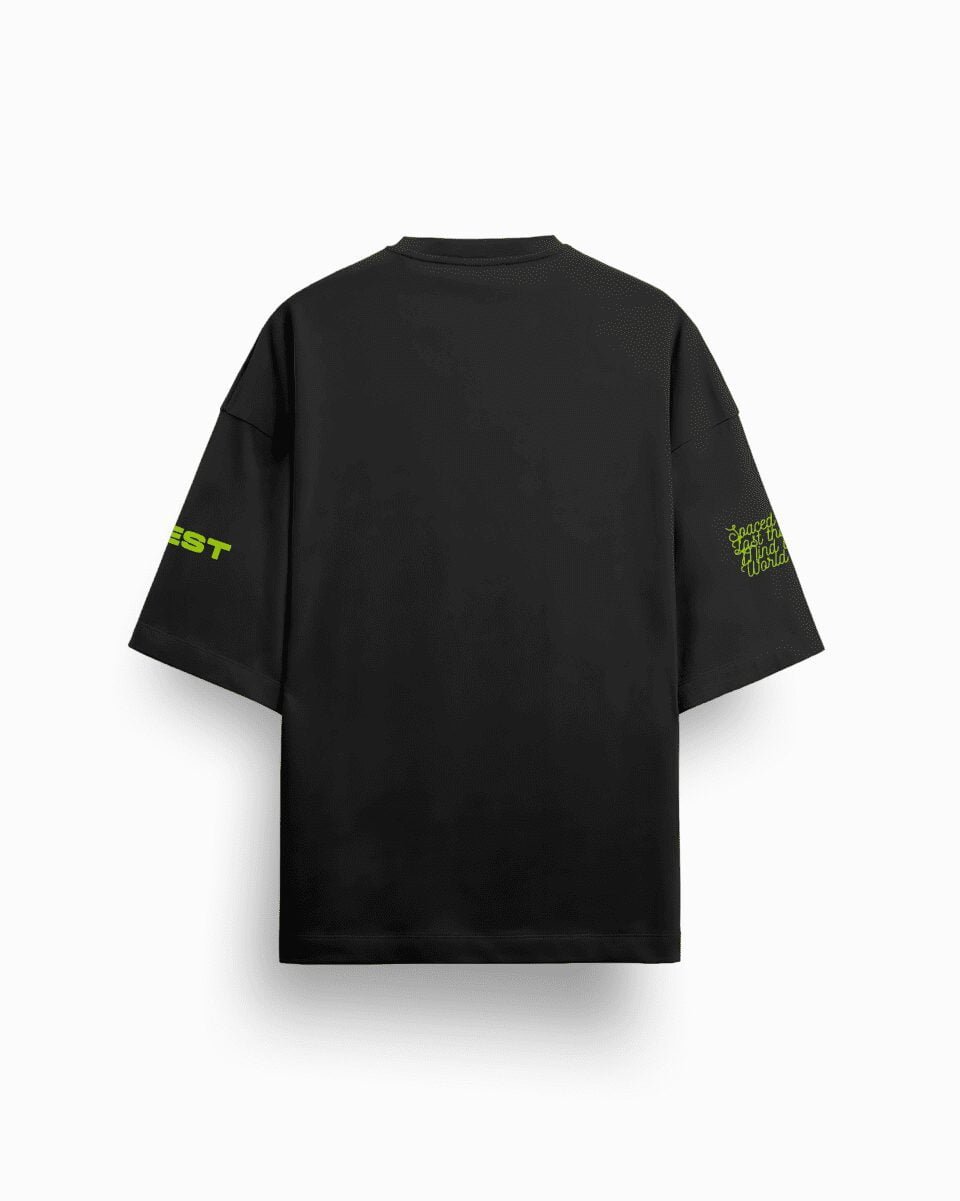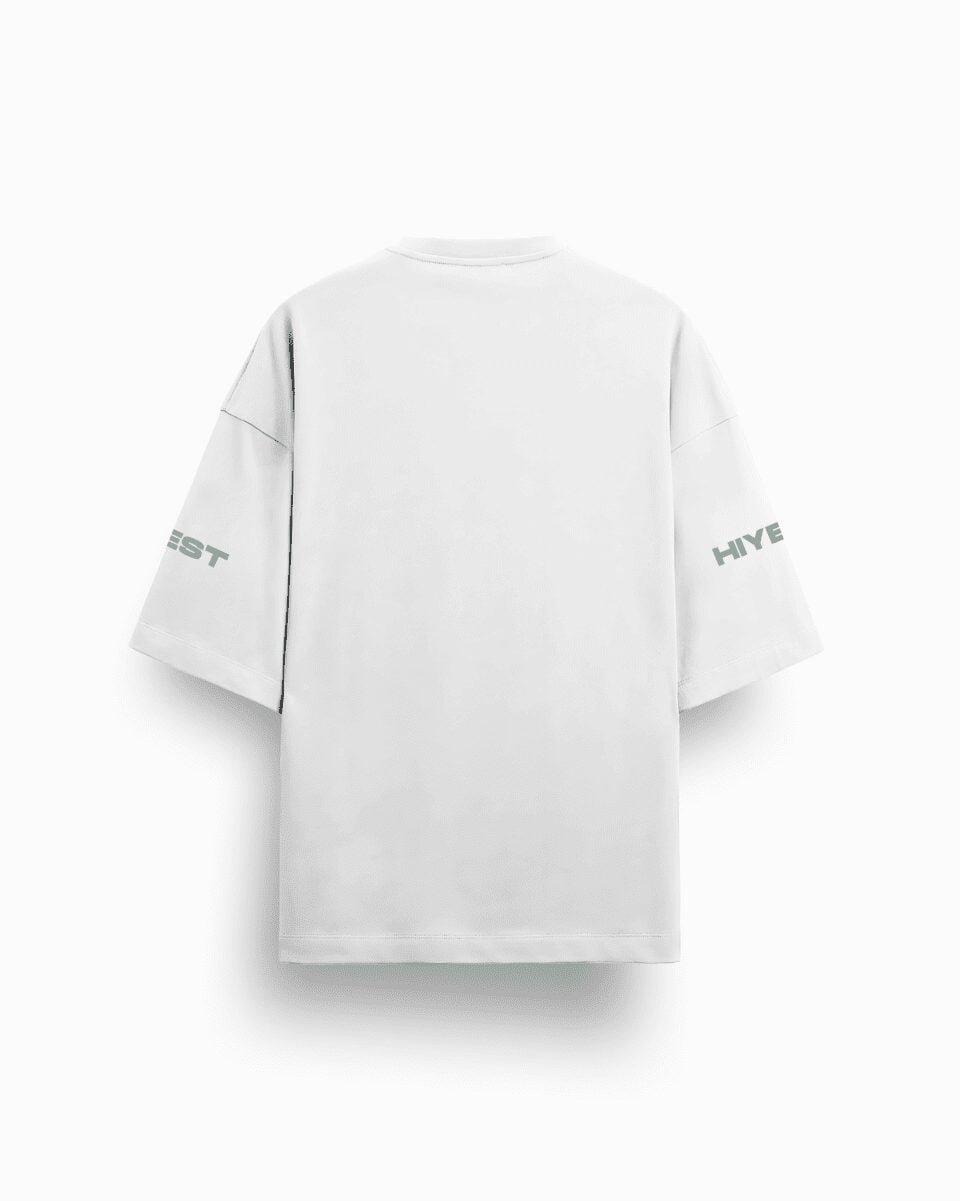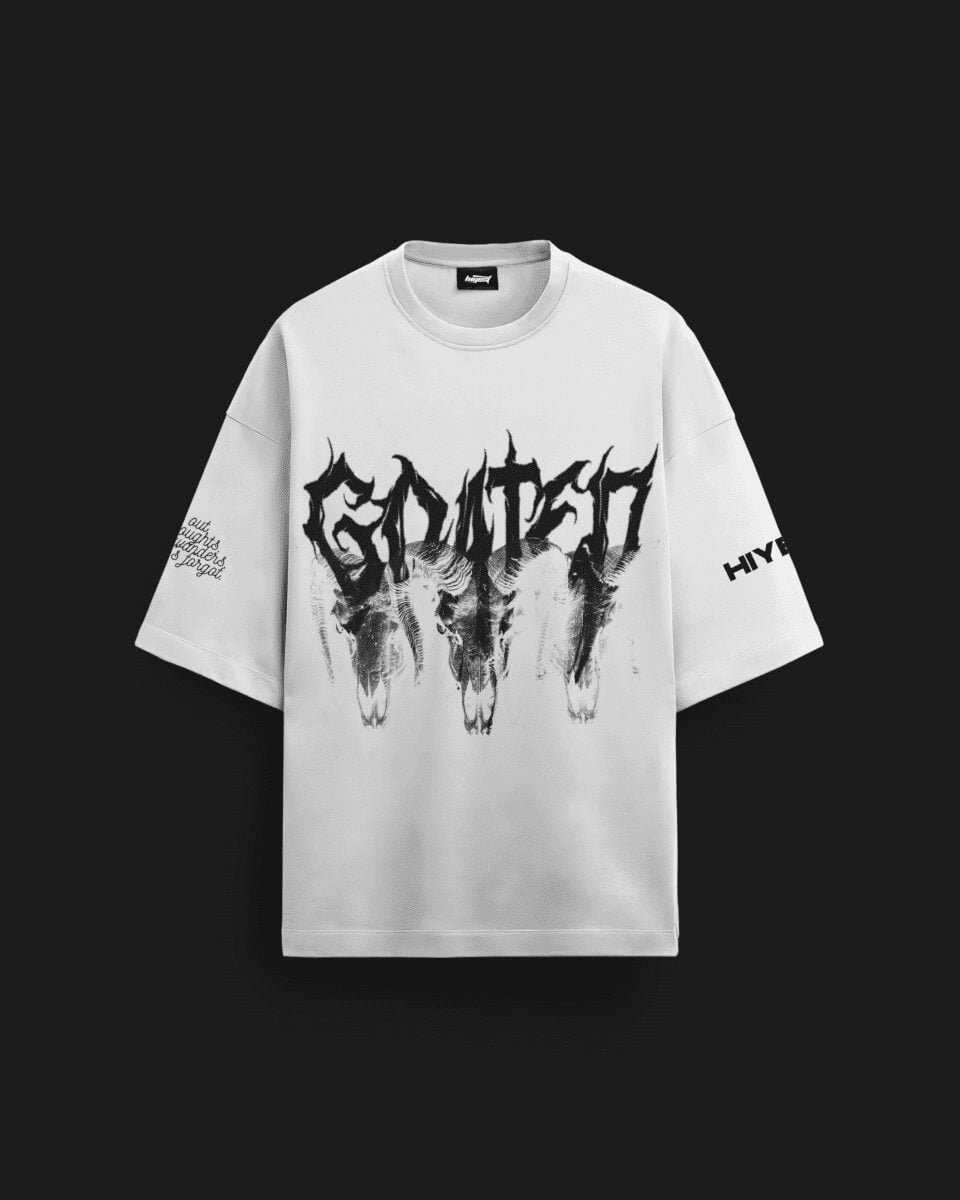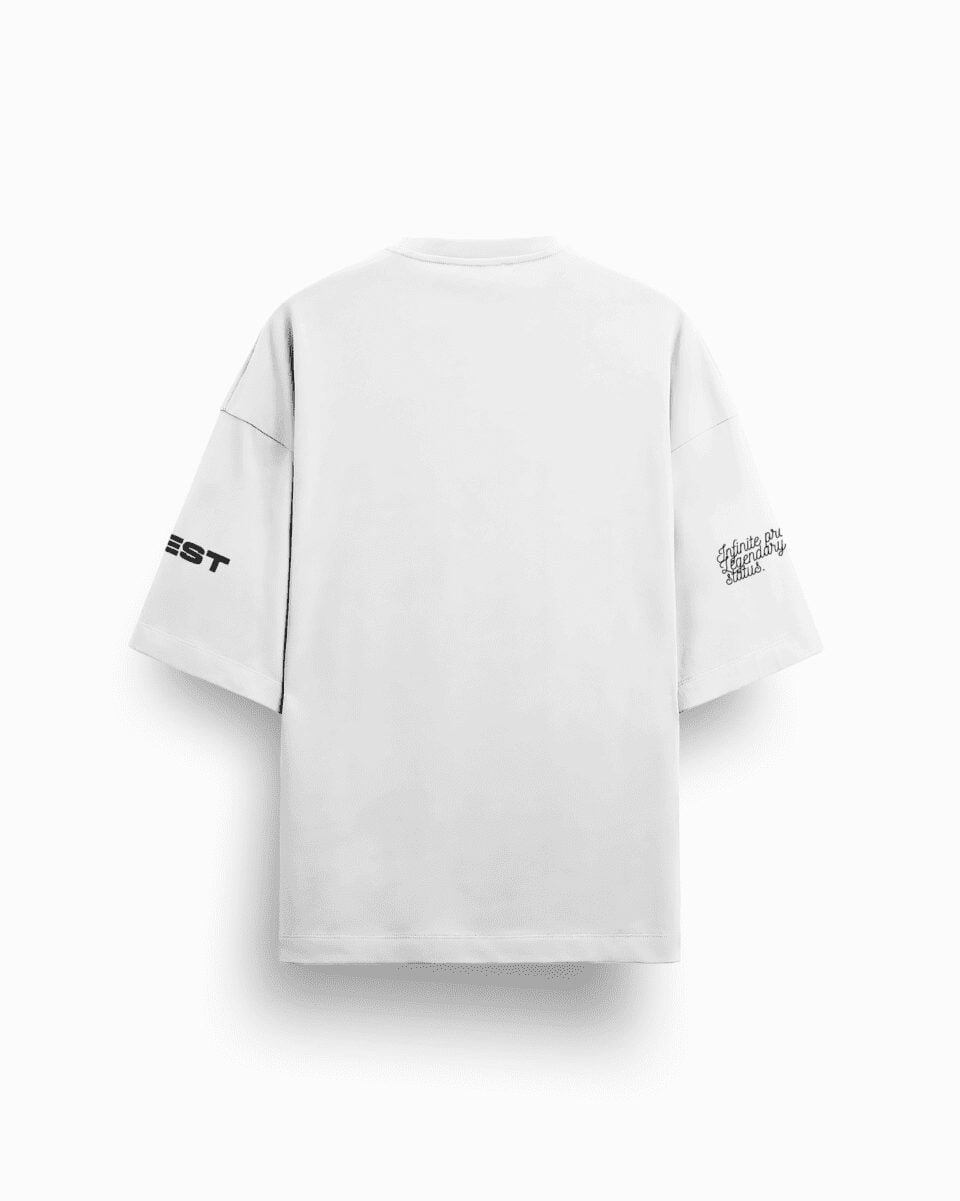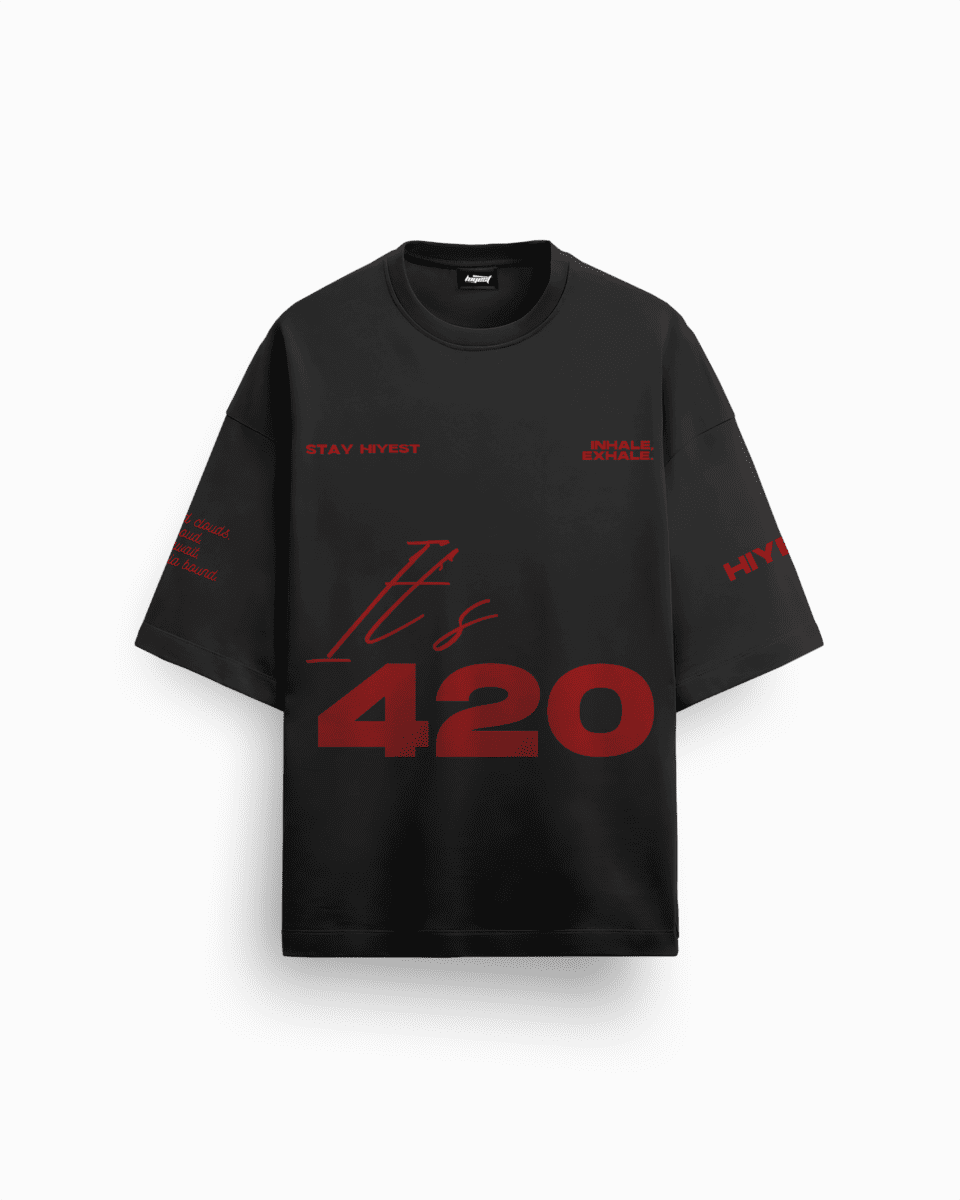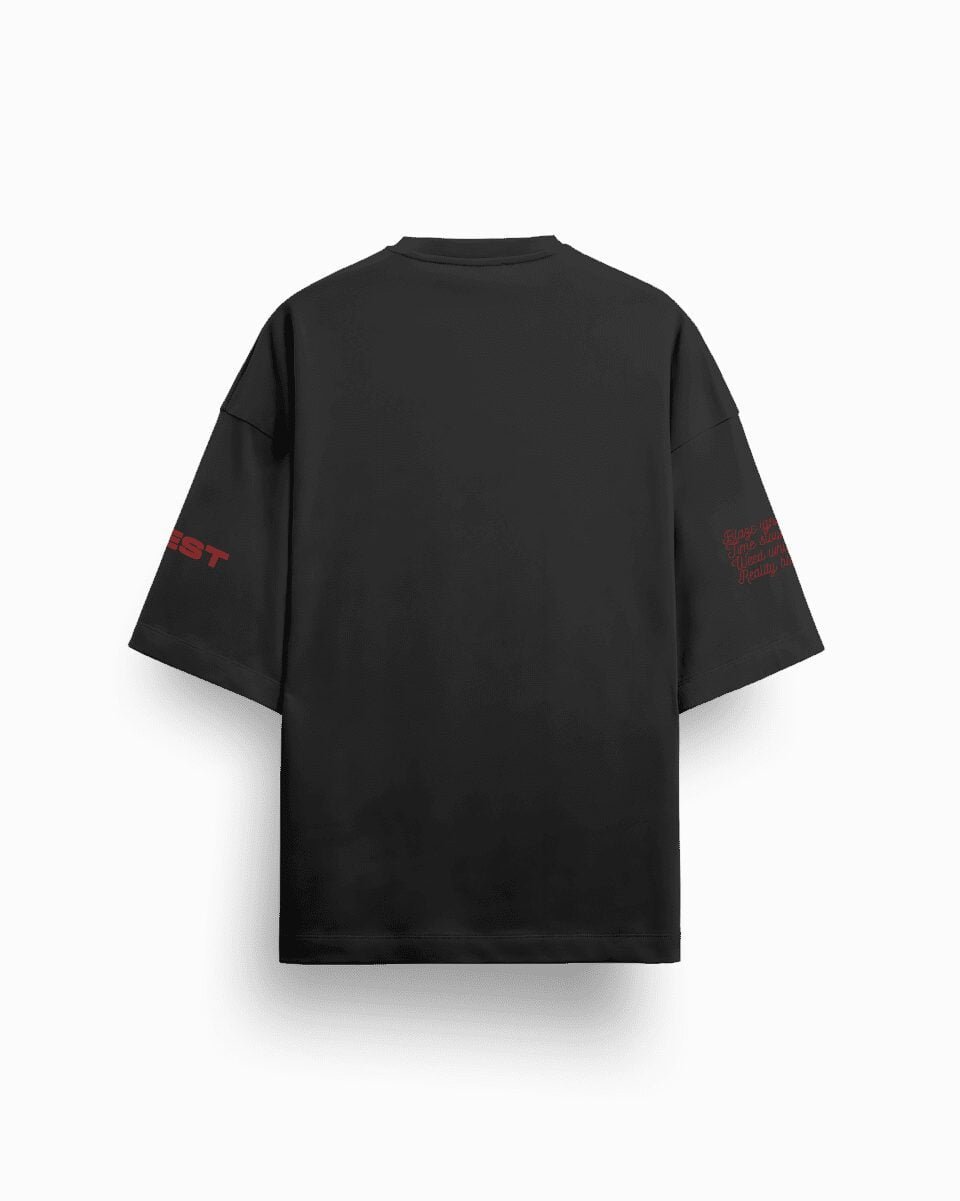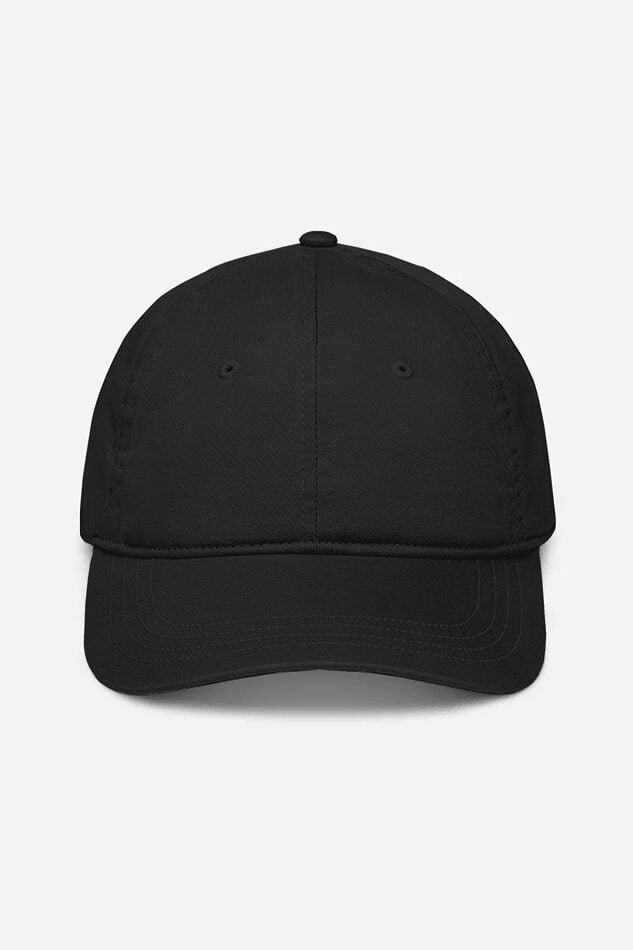Introduction
Social media has revolutionized many industries, but its impact on fashion, particularly streetwear, has been profoundly transformative. Streetwear culture, rooted in urban environments with strong ties to music, art, and skateboarding, was once the domain of niche communities. Today, thanks to the explosive power of digital platforms, streetwear has become a globally recognized trend. Fashion social media plays a crucial role in this evolution, propelling streetwear to new heights and reaching unprecedented audiences.
Importance of Social Media in Fashion Evolution
Social media has democratized fashion, giving rise to independent voices and trends that might have otherwise gone unnoticed. Streetwear brands' social media strategies capitalize on this transformation, using platforms like Instagram, TikTok, and YouTube to connect directly with consumers. Here, we explore how these platforms are driving streetwear standards and trends in the digital age.
Understanding Streetwear Culture
Defining Streetwear
Streetwear is more than just a style; it's a lifestyle that embodies the ethos of rebellion, authenticity, and community. Originating from the surf and skate culture of the 1980s and influenced by hip-hop and punk, streetwear blends comfort with statement pieces. Characterized by unique graphics, limited editions, and collaborations, streetwear has morphed into a cultural phenomenon with significant economic impact. Today, the global streetwear market is projected to grow at a CAGR of 5.37% over the forecast period, driven by its influential online presence (Source: Statista).
The Urban Influence
Streetwear owes much to urban communities, where these fashion trends often originate. Cities like New York, Los Angeles, and Tokyo have traditionally set the stage for street style, with their vibrant cultural scenes influencing designs and attitudes. As street style moved online, platforms became the new streets, with digital culture streetwear fueling the continuous evolution of this fashion genre.
The Intersection of Streetwear and Social Media
Social Media: A New Fashion Runway
In today's digital age, platforms like Instagram and TikTok have become crucial for showcasing and amplifying streetwear styles. Instagram, in particular, is a visual platform that contributes significantly to fashion discovery. With over 3 million posts tagged with #streetwear, it offers a virtual runway for brands and enthusiasts alike (Source: Instagram Analytics). TikTok follows closely, with influencers creating viral challenges that redefine streetwear trends.
Streetwear Brands' Social Media Strategy
Many iconic brands have crafted strategies that effectively use social media for marketing and engagement. By substantially investing in digital marketing—which accounts for 60% of marketing budgets (Source: Marketing Charts)—these brands have built strong online communities and engaged directly with a highly engaged audience. For example, streetwear influencers are pivotal in brand storytelling, offering authenticity that traditional advertising struggles to achieve.
Influencers: The New Age Streetwear Icons
Role of Influencers in Streetwear Culture
Influencers have become indispensable in shaping modern streetwear. Notable figures like Virgil Abloh and A$AP Rocky have built substantial followings, using their platforms to set trends and push boundaries. These influencers provide a fresh perspective, often blending streetwear with high fashion, thereby reaching a diverse audience.
Impact of Online Influencers on Streetwear Styles
Influencers use personal branding to redefine fashion trends through their unique style and content. This has been instrumental in driving street style online, making it more accessible and shaping consumer behavior. According to McKinsey, 80% of Gen Z fashion buyers draw inspiration from social media, heavily influenced by the styles promoted by these icons.
Streetwear Trends in the Age of Instagram
Instagram Trends in Streetwear Aesthetics
Instagram has been pivotal in popularizing various streetwear trends. The platform's ability to quickly disseminate ideas enables styles to gain momentum across the globe. The utility style, for example, has surged in popularity due to its frequent appearances in curated feeds, reflecting a broader cultural shift towards practicality and functionality.
Case Study: Successful Streetwear Campaigns on Instagram
Brands such as Supreme and Off-White have leveraged Instagram for successful campaigns, often collaborating with influencers to create buzz. These campaigns are meticulously timed around limited drops, fueling anticipation and driving sales, with 89% of influencers reporting that their followers purchase streetwear items they promote on social platforms (Source: Influencer Marketing Hub).
TikTok: Changing the Streetwear Game
TikTok Influence on Streetwear Culture
TikTok's dynamic and interactive format fosters virality in a way that is uniquely suited to streetwear. Streetwear trends popularized by Instagram often migrate to TikTok, where they're reborn through dance challenges or style flips, creating new sub-cultures and influences.
How Viral Trends Affect Streetwear Fashion
An example of TikTok's influence is the widespread popularity of bucket hats, which saw a resurgence through challenge videos that highlighted DIY customization and styling. Streetwear brands engaging with TikTok experience a 45% increase in community interactions, further cementing its role in fashion (Source: Forbes).
Streetwear Brands and Digital Innovation
Digital Strategy and Streetwear Growth
Streetwear brands are increasingly turning to digital innovation to drive growth. By understanding social media platforms' algorithms and employing targeted advertising, brands can reach specific demographics more efficiently. Refinement in these digital strategies is pivotal for staying competitive.
Cross-Promotion and Collaborations through Social Media
Collaborations are another potent strategy for streetwear brands, enhancing their reach. When brands cross-promote on platforms like Instagram, the social media streetwear trends they create can lead to significant advantages in exposure and sales. Successful collaborations amplified by social media extend brands' appeal across diverse consumer bases.
Impact of Platforms on Streetwear Fashion
Social Media Platforms Driving Streetwear Fashion
While Instagram and TikTok are key players, platforms like YouTube and Pinterest also significantly impact streetwear fashion. YouTube's long-form content allows for deeper storytelling, while Pinterest reports a 50% increase in streetwear trend pins, underscoring its influence in visual search and inspiration (Source: Pinterest Trends 2022).
Comparative Analysis Table
| Platform | Engagement Metrics |
|---|---|
| 68% of fashion enthusiasts discover brands here. | |
| TikTok | Brands see a 45% increase in interactions. |
| 50% rise in streetwear trend pins. | |
| YouTube | Extended storytelling opportunities. |
The Power of Community: User-Generated Content
How Streetwear Fans Shape Trends
User-generated content (UGC) is vital in fostering brand loyalty and trendsetting within streetwear communities. Fans' photos and videos showcasing styled streetwear pieces help shape perceptions and drive new trends, often more effectively than brand-originated content.
Community Engagement Strategies
Brands encourage UGC by creating hashtags and running contests, engaging with their audience directly. This type of community engagement not only boosts brand visibility but also authenticates brand narratives.
Streetwear Clout from Social Media Exposure
Building Hype and Anticipation
The allure of limited drops and exclusive collaborations drives demand and exclusivity in fashion social media. Powerful anticipation builds up through 'coming soon' teasers and influencers showcasing upcoming lines, pivotal in streetwear dynamics.
Analyzing Effects of Social Media Exposure on Brand Perception
Social media exposure can double-edged. While it can significantly elevate brand perception, it also demands authenticity and adaptability. Brands that navigate this landscape effectively are rewarded with loyalty and increased sales.
Forecasting the Future: Streetwear and Digital Culture
Streetwear in the Digital Age
As technology evolves, streetwear is poised to blend seamlessly into digital culture. Virtual fashion shows, 3D modeling, and augmented reality could redefine how streetwear is consumed and perceived, offering new avenues for innovation.
How Brands Can Leverage Future Digital Trends
To stay ahead, brands should explore emerging technologies, such as virtual experiences and blockchain for authenticating limited editions. By embracing these trends, brands can create unique, immersive experiences for their audiences.
Conclusion
The symbiosis between streetwear and social media continues to redefine industry boundaries. As digital culture advances, so does the influence of platforms, making streetwear more accessible and varied. For brands and consumers alike, engaging with this evolution offers unparalleled opportunities to experience, shape, and enjoy this cultural movement.
Additional Resources
- Further Reading and References:
FAQs
How does social media influence streetwear trends?
Social media provides a platform for trends to evolve rapidly, connecting diverse cultures and ideas.
What role do influencers play in shaping streetwear culture?
Influencers amplify trends and often initiate them, bridging streetwear with mainstream culture.
Which platforms have the most impact on streetwear fashion?
Instagram and TikTok are currently the most influential platforms, offering direct engagement and visual storytelling.
How do streetwear brands use social media for marketing?
Brands leverage social media for marketing through strategic collaborations, targeted ads, and engaging content.
What are some successful streetwear campaigns on social media?
Supreme and Off-White have executed successful campaigns, often involving influencer partnerships and limited editions.
Visual Engagement
Integrating visuals and social media embeds can effectively illustrate key points. Consider embedding relevant Instagram posts, TikTok videos, and YouTube clips that showcase popular streetwear trends, ensuring a rich and engaging experience for readers.


